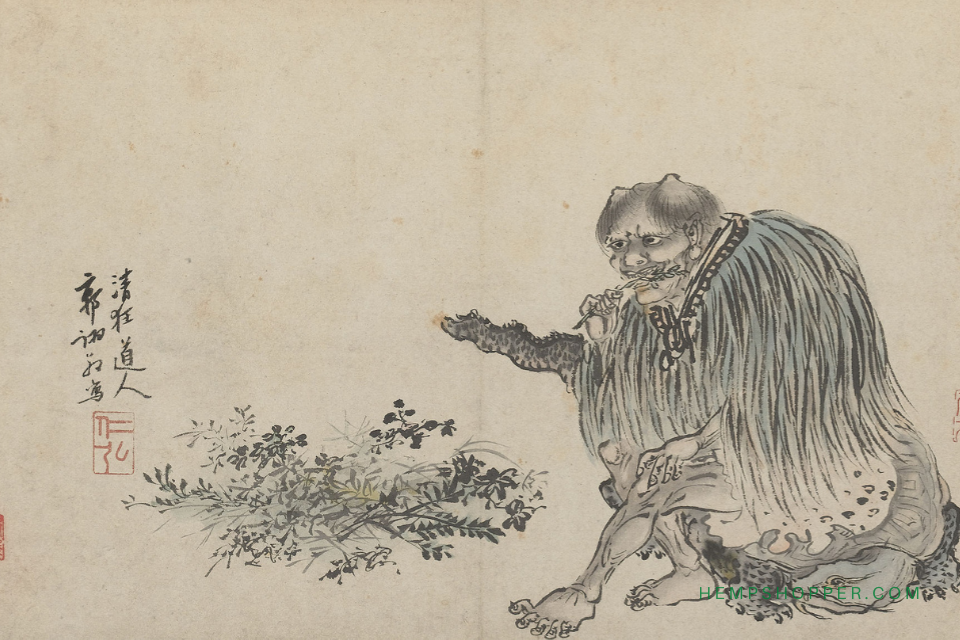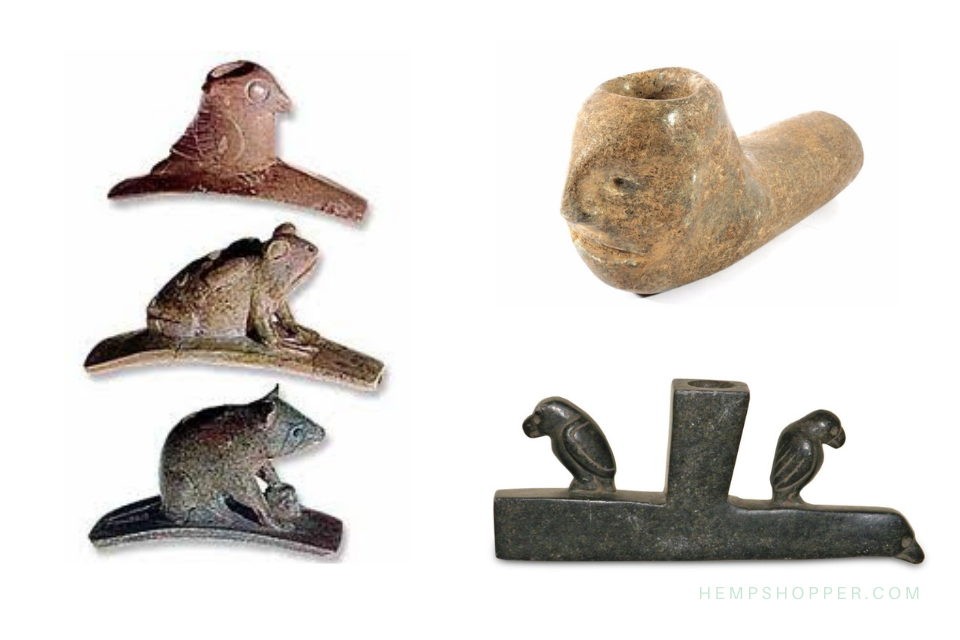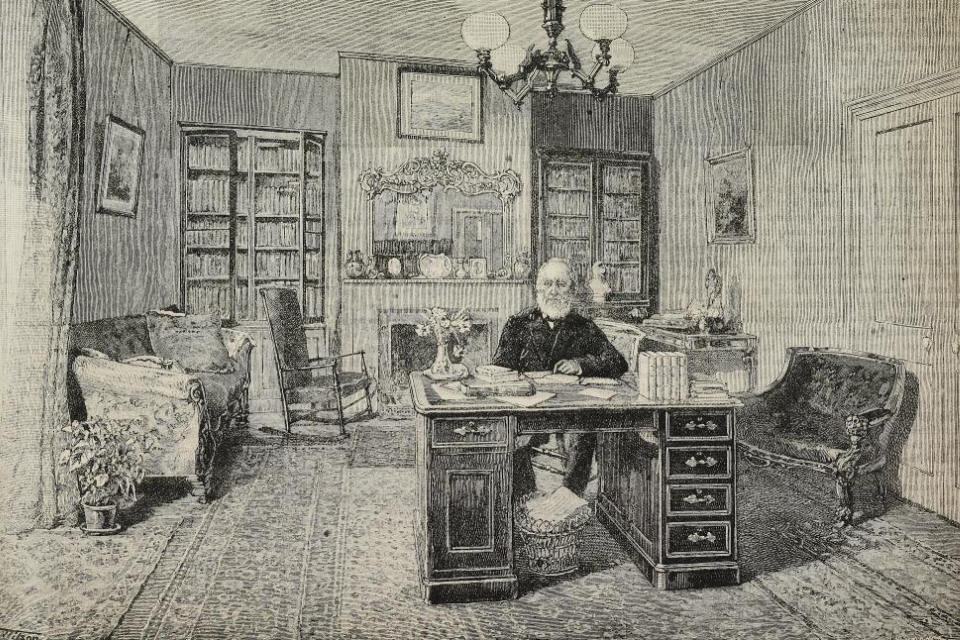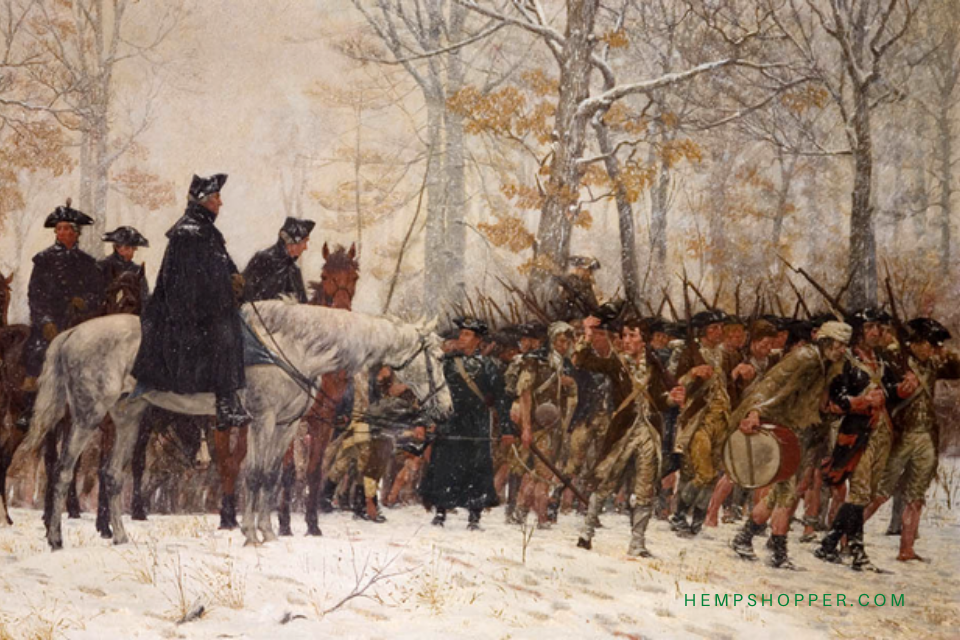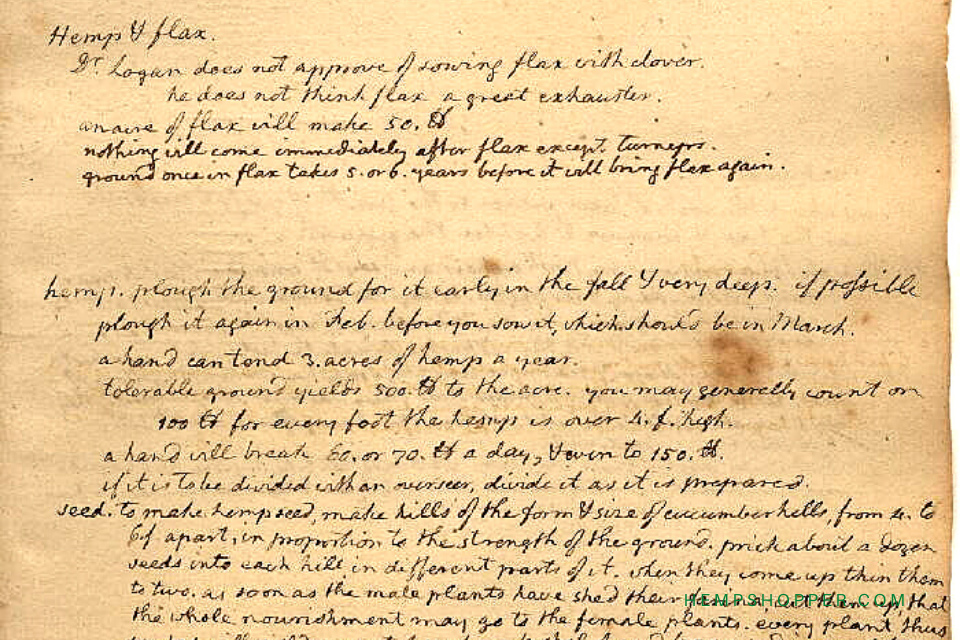1777 – 1810: Spain subsidizes the growing of hemp in their colonies
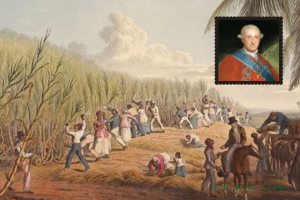
1777 – 1810: Spain subsidizes the growing of hemp in their colonies.
In the eighteenth century, Spain’s economy began to change, and Spain began to turn more and more to her colonies. In 1777, colonial outposts in Spanish America welcomed several hemp experts who were ordered to teach the inhabitants the intricacies of growing and preparing hemp for the market. Growing hemp was mandated in all the Spanish Colonies, and the viceroy of the New World colonies was encouraging hemp cultivation by providing seeds to the settlers.[1] Spain started to grow hemp in its colonies.
Three years later, special orders from king Charles IV instructed all viceroys to encourage hemp production throughout New Spain by giving subsidies to the farmers.[1] The most important areas of hemp production were Chile, Mexico, and California. In 1795 Spain opened up the Mississippi to international trade to encourage hemp exports, some of which was actually transacted using hemp as barter.
In California, a serious effort was made to raise hemp for the market. The results were encouraging: by 1807, California was producing 12,500 pounds of hemp. By 1810, California was producing over 220,000 pounds of dressed hemp. But in 1810, a revolution in Mexico isolated California from the government seat. The subsidies that had stimulated hemp production were no longer available, and with the elimination of this impulse, commercial production of hemp ceased and was never started up again.[1]
Photo: Sugar cane harvesting, published by W. Clark (1823, photo LGDA) and portrait of Charles IV by F. Goya (1789) at Prado Museum, Spain. Research and text © Hempshopper Amsterdam.


 Hempshopper Amsterdam
Hempshopper Amsterdam 